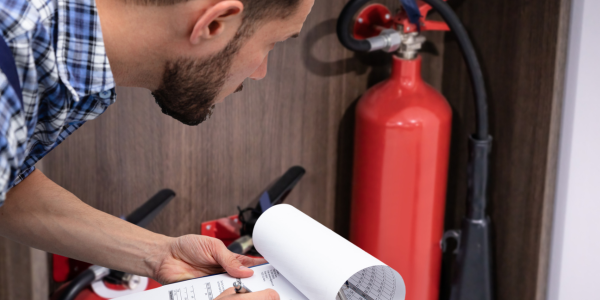Fire safety - Have we been taking Coroner’s reports seriously enough?
It's not just about the building!

While the focus has rightly been on the buildings following the Grenfell Tragedy, there is more than dealing with buildings to keeping residents safe in the event of a fire. Landlords are expected to comply with the Building Safety Act and the Fire Safety Order (revised Oct.23) but how aware are they of all the hazards in their buildings? Fire risk assessments need to identify any hazards that pose a risk to residents from fire. Once identified, those hazards need to be managed to reduce the fire safety risks to residents. In addition to fire risk assessments related to the building, this will involve, among other things:
- Knowing who lives in your buildings.
- Engaging with and listening to all who know and live in the building.
- Keeping up to date with Coroners’ Prevention of Death Reports.
Have landlords been taking Coroner’s reports seriously enough?
Introduction
Evidence given at the Grenfell Inquiry showed that recommendations made by the Coroner who investigated Lakanal House had not been acted upon. This resulted in more deaths as a result of the fire at Grenfell. Prevention of Death Reports are now issued under Regulation 28 of Coroner rules, enabling coroners to issue reports to an individual, organisations, local authorities or government departments and their agencies where the coroner believes that action should be taken to prevent further deaths. As such, landlords need to take these reports seriously and to check if they have any identified hazards in their buildings.
What should landlords be doing?
Landlords should sign up to UK Judiciary alerts.
They should look at the Regulation 28 Reports that have been published relating to fire-related fatalities. These are well worth the attention of housing boards and executive teams, particularly as they demonstrate that fire deaths are more likely due to the circumstances of the individual, rather than the property they occupy. As part of good governance, Boards and executive teams should want to assure themselves that tenants in receipt of care in their own homes have been correctly assessed to minimise the risk of death or injury from fire.
They should also be liaising with care providers, social services, and the Care Quality Commission for those residents more at risk in the event of a fire.
What information is available on fire-related deaths?
The Home Office’s analysis of fires in England from April 2016 to March 2017 showed that 28% of fire deaths were of people in a care environment.
Jan Taranczuk has published ‘Analysis of 10 years of Prevention of Death reports following fire deaths’ that considers different risk profiles for vulnerable people and presents these alongside a summary of these reports.
